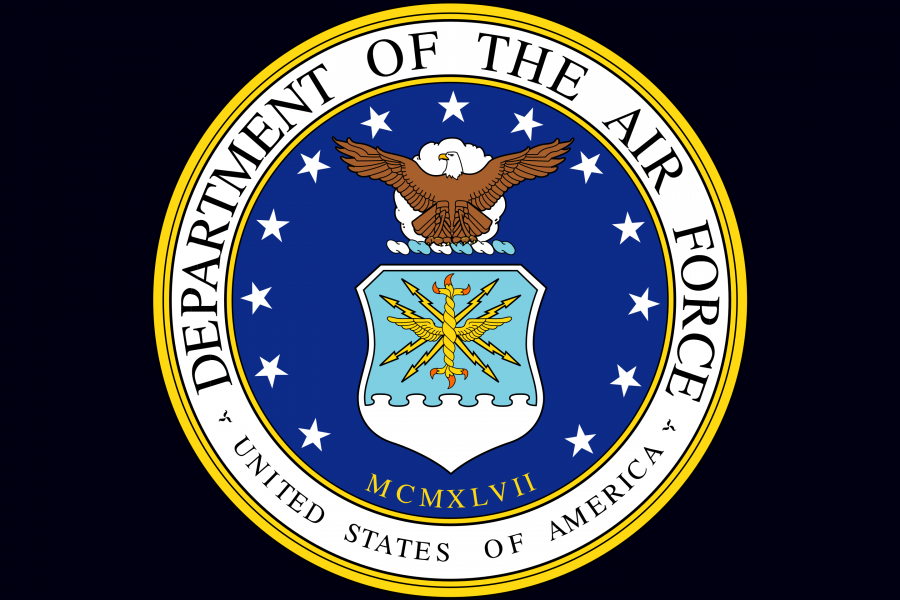The Department of the Air Force has given USAF and Space Force commanders and senior enlisted leaders a toolkit to help equip them to carry out Defense Department-directed stand downs to address extremism within their ranks, department spokesperson Lt. Col. Malinda Singleton confirmed to Air Force Magazine on March 18.
Singleton also confirmed that a Feb. 17 slide deck entitled “Identifying & Addressing Impermissible Behavior,” which surfaced on the unofficial Air Force amn/nco/snco Facebook page on March 17, was an authentic part of this departmental resource.
“The toolkit contains resources including guided discussion modules that are designed to be presented in small group settings and are deliberately structured to provide Command Teams maximum flexibility,” she wrote. “These modules do include the three core areas identified by the Secretary of Defense, ‘Why We Serve: Our Oath of Office,’ and ‘Impermissible Behaviors & Reporting Procedures’ that meet the requirements established for this Stand-Down.”
The slide deck:
- Provides sample scenarios of inappropriate behaviors that troops and civilians have undertaken and their command-action consequences
- Gives examples of what kinds of activities would be inappropriate for service members and civilians (both GS employees and contractors) to undertake, respectively, as well as what kinds of command actions leaders could take and tools they could utilize in response
- Guides leaders through figuring out whether an organization that an individual might be affiliated with or a piece of material is allowable
- Defines relevant terms (i.e. what constitutes a “supremacist” vs. an “extremist”)
- Shows how mere interest in a controversial organization can evolve into advocacy for it
- Outlines personnel, administrative, disciplinary, investigative, and judicial tools and organizational resources at leaders’ disposal to address extremist activity
- Outlines which Uniform Code of Military Justice offenses such activity may broach
- Addresses special considerations for civilian employees and contractors
- Lists relevant Air Force and Defense Department Instructions
The Department of the Air Force also included a “play sheet” to help Air Force and Space Force leaders lead discussions based on the aforementioned module, which included sets of talking points aimed at “defining extremism,” understanding how beliefs can evolve into extremist ideologies, and how extremism can lead to violence.
According to the document, these conversations should “engage Airmen and Guardians in a manner that fosters connection, encourages help seeking, and generates feedback related to how the Air Force and Space Force can better support Airmen/Guardians and their families.” It also stressed the document was “a tool, not a script.”
During last month’s Air Force Association virtual Aerospace Warfare Symposium, Air Force Chief of Staff Gen. Charles Q. Brown Jr. told members of the press the department had sent a series of videos and stand down instructions to local leaders, Air Force Magazine previously reported.
